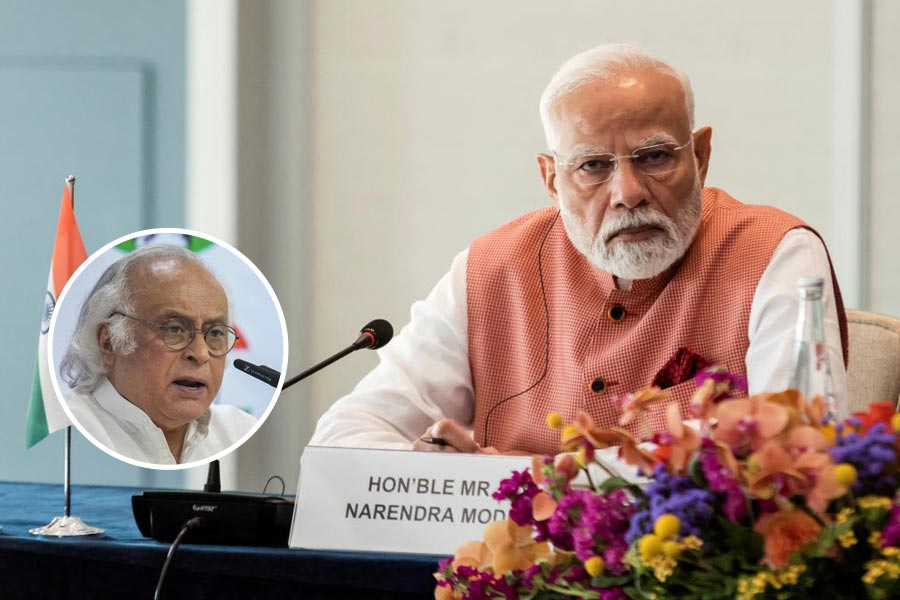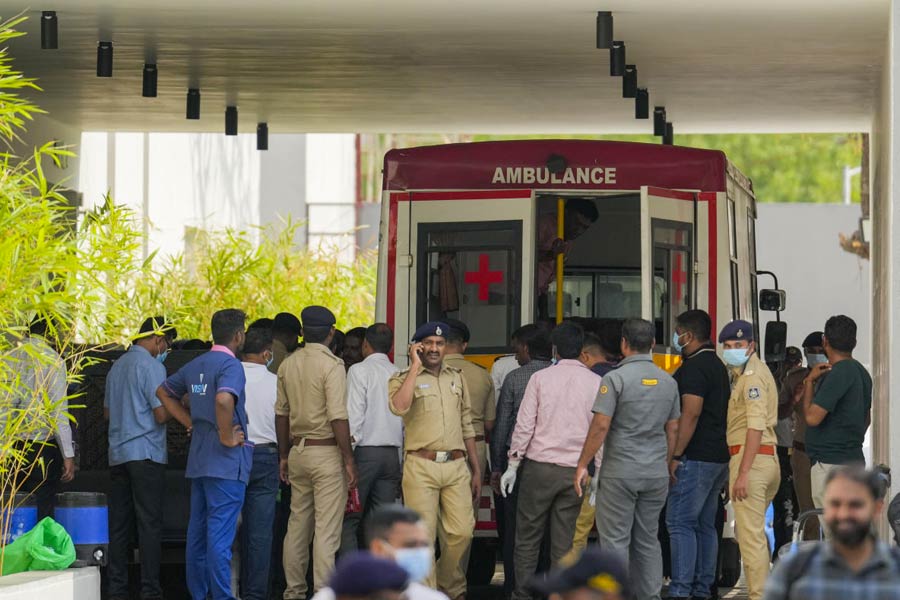Case I: Narendra Saha, a resident of Rashtraguru Avenue, Dum Dum, was murdered on February 3, 1997. His 14-year-old son was arrested for alleged involvement in the murder. He is still in jail, waiting for trial to begin at the juvenile court
Case II: A student of Class lX in Howrah was arrested on December 2, 1998, for allegedly murdering classmates Pritam and Rudra by pushing them off Howrah bridge. The 18-year-old is now in Presidency jail, with trial pending before the juvenile court
Case III: A 13-year-old urchin was picked up from Sealdah station by the Government Railway Police (GRP) for peddling heroin in December 2001. Denied bail, he is still in Dhrubashram, a home for juvenile criminals at Baranagar
Case IV: Prince , now 29 years old and lodged in Alipore central jail, had along with five others allegedly killed Rajesh Agarwal in Maniktala in 1988. Prince is the only accused still rotting in jail, as he was a minor in 1988 and his case had come up before the juvenile court
These are only four freeze-frames from a growing gallery of juvenile criminals awaiting judgment day in jails and correctional homes of the city. Crime registers in various police stations of Calcutta and at the Sealdah GRP reflect an alarming trend — 528 such cases were recorded till August 31 this year, against 414 in 2001, 335 in 2000 and 309 in 1999. Around 72 per cent were arrested for peddling drugs. Three juvenile criminals were charged with murder, two with rape, seven with motorcycle theft, three with robbery and the rest with petty cases like picking pockets, snatching and assault.
As the juvenile crime graph registers a sharp upswing, hundreds of delinquents languish behind bars hoping that their cases will finally be heard. But there is one technical hitch — the juvenile court no longer holds a trial.
This has resulted in:
4Overcrowded jails and correctional homes
4Courts being compelled to be lenient on bail petitions in such cases
4Return of juvenile criminals to the underworld, making things difficult for the police
4Defeat of the primary objective of reform and correction of juvenile criminals
Central to the present problem is the non-formation of the long-promised Juvenile Welfare Board. The government had decided two years ago, following an amendment to the Juvenile Justice Act, 1986, to abolish the juvenile court and set up the Board. A power tussle between the CPM-controlled law department and the RSP-run social welfare department over gaining control of the proposed Board is said to be stalling its formation.
“The situation is going to aggravate if the Board does not start functioning soon,” said an official in the department of judicial affairs minister Nisith Adhikary.
Asked why the Board had not yet been set up, Adhikary said: “It is the job of the social welfare department. You can ask them why the Board has not happened.” Jails and social welfare minister Biswanath Chowdhury was not available for a comment.
The government had tried out a temporary arrangement in early-2000, with a chairman being appointed. But in about two months, the Board became defunct due to lack of management. The government now maintains a bail application court in Salt Lake, which is not authorised to hold trials.
Legal circles in the city expressed concern over the delay in setting up of the Board and the rise in juvenile crime. “The Juvenile Justice Act was amended to check juvenile crime and to bring juvenile criminals back to the mainstream. But the delay in forming the Board is affecting the future of thousands of undertrial delinquents,” warned Gitanath Ganguly, executive chairman of the state Legal Aid Services.










